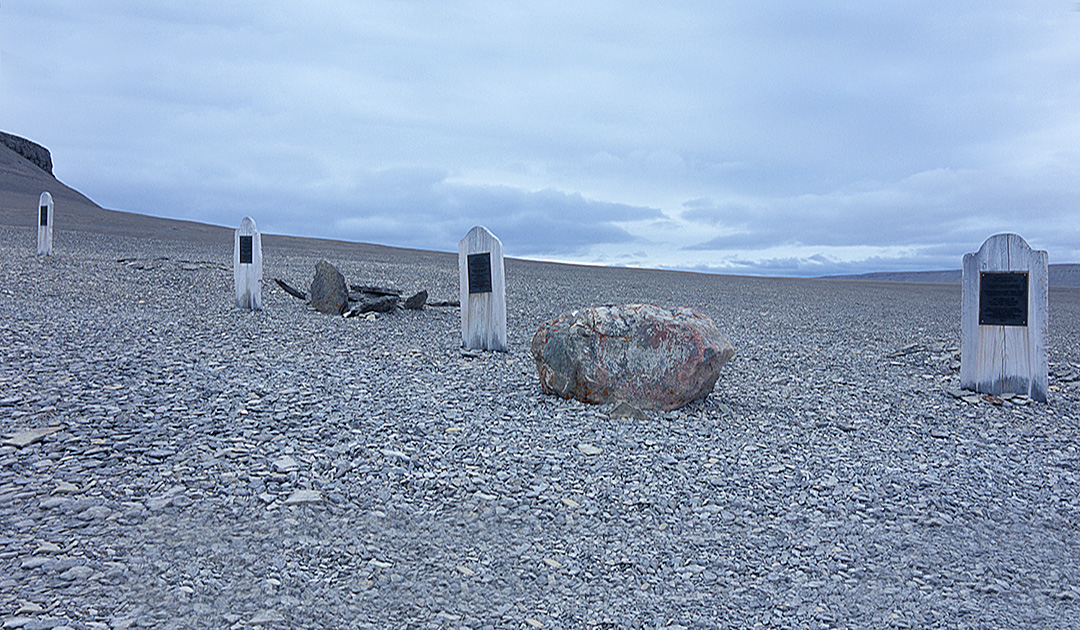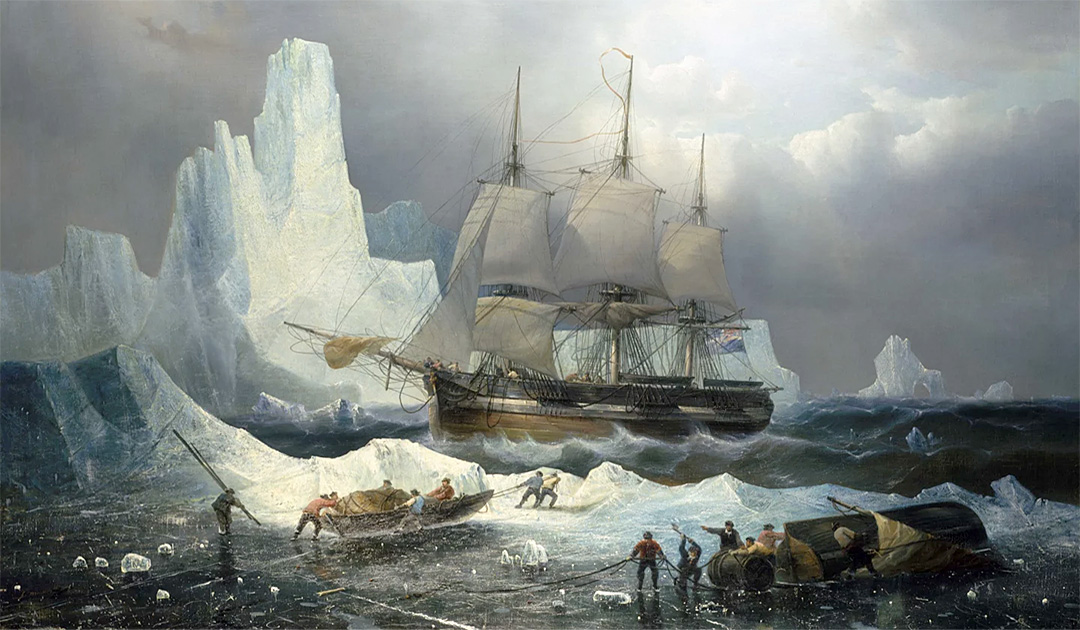
Canadian archaeologists have used DNA analysis to identify the remains of a participant in the Franklin expedition. By comparing a DNA sample from a direct descendant, a team of researchers has matched the remains found to John Gregory, engineer aboard HMS Erebus. DNA from tooth and bone samples unearthed in 2013 provided the match. The research results are the first time scientists have confirmed the identity of bones associated with the fateful expedition to find the Northwest Passage.

On May 19, 1845, British naval officer John Franklin and his crew embarked on a doomed search of the Northwest Passage. One of the most loss-making polar expeditions in history, the voyage ended in tragedy. None of the 129 men aboard HMS Terror and HMS Erebus returned home.
If properly mapped, the route would have allowed sailors to travel above the Arctic Circle from the Atlantic to the Pacific. This was the original plan.
However, the expedition soon encountered ice and was trapped in it. With no further progress in sight, the first wintering off Beechey Island was undertaken. In the following summer of 1846, the ships set out for further voyages and advanced to the southwest through Peel Sound, which until then had only been regarded as a bay, to King William Island, where, however, in September 1846 dense pack ice drifting in from McClintock Channel stopped any manoeuvring.
The summer of 1847 then brought so little warming that the ice did not loosen and the ships remained frozen off King William Island. Sir John Franklin died here on June 11, 1847. All attempts by the crew to rescue it were unsuccessful.

Only a small part of the crew was buried on site. Their remains allow scientists today to find out more about the lives and deaths of the expedition members.
A team led by Douglas Stenton of the University of Waterloo (Canada) was able to identify one of the dead and reconstruct his appearance thanks to DNA analysis and genealogical studies.
The genetic material, which the group around Stenton extracted from tooth and bone samples of the skeleton, led to the officer John Gregory, who was an engineer on the HMS “Erebus”. The DNA was compared with samples from one of its direct descendants and showed a high degree of similarity. The officer’s remains were unearthed on King William Island. It was known from records that he was one of three people to die there. The group published their study in the journal Polar Record

The research also sheds light on John Gregory’s final years. It turned out that he survived three years in the ice aboard HMS “Erebus”, but eventually perished 75 km south in Erebus Bay. His remains were discovered in 1859 and not buried until 20 years later. After that, the three graves were forgotten until they were rediscovered in 1993, reburied in 1997, then excavated in 2013 to analyze the remains. In 2014 they were finally laid to rest in a memorial cairn.
Heiner Kubny, PolarJournal
More on the subject:





